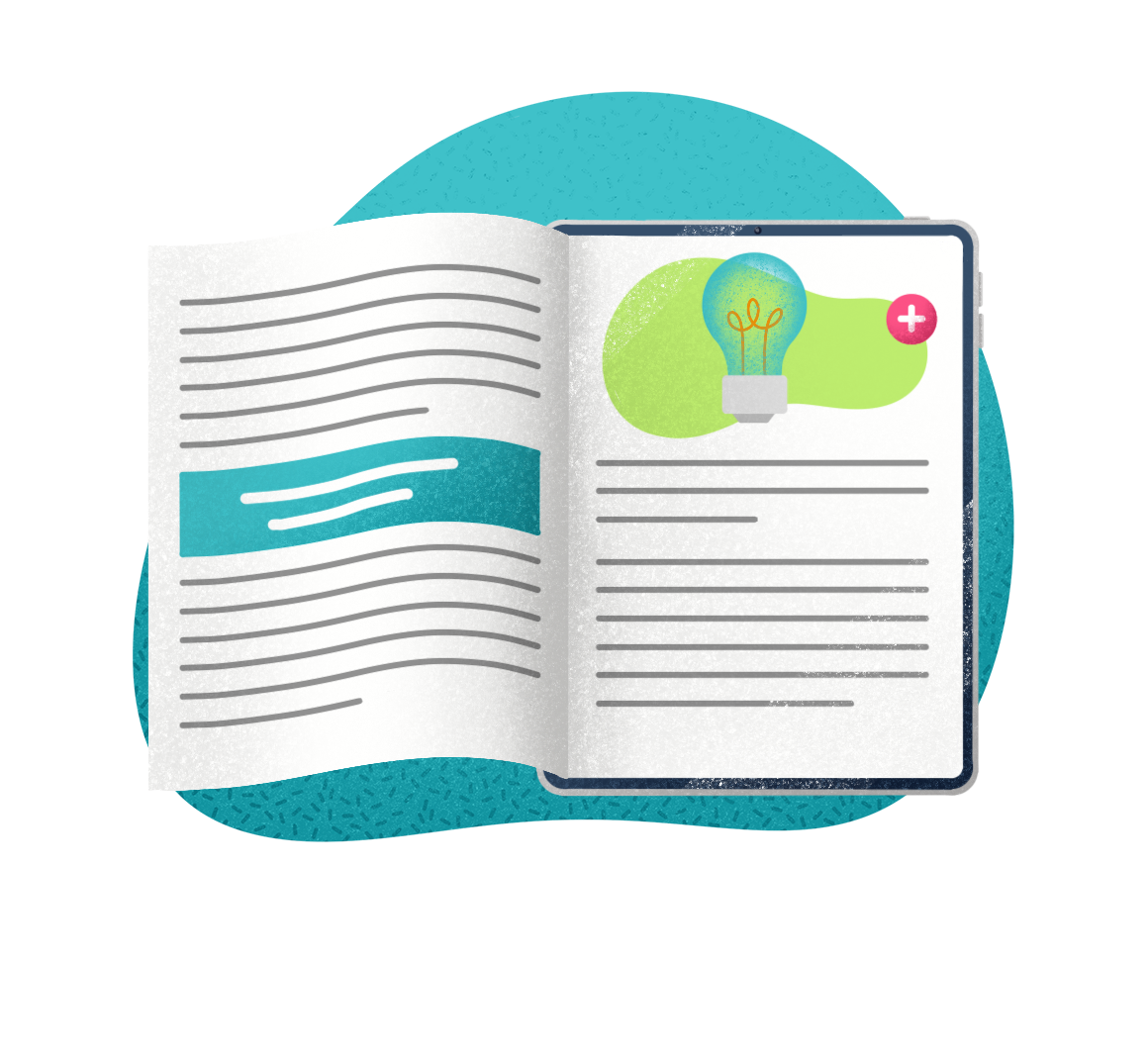As your business grows and continues its digitization journey, your IT organization has to scale with it. But, if you stick with a traditional siloed approach, you might find the piecemeal way of providing service to become pretty cumbersome as you grow. To remedy that, you might have heard the term “end-to-end service management” to run the marathon of growth.
End-to-end service management is part of service experience management. In this post we’ll cover the basics of end-to-end service experience management and how ITSM, ITOM and DEX all fit into this.
What is End-to-End Service in IT?
End-to-end service can have different meanings depending on the department you consult. In the case of ITSM, end-to-end refers to designing, delivering, managing, and automating services. For other parts of the IT organization, end-to-end refers to the provision of solutions and service for processes from the beginning of a workflow through the very end – and the definition doesn’t stop there.
End-to-end service management also refers to the delivery of complex systems and services after developing them from start to finish. End-to-end services refers not only to the provision of IT services, but also includes business services that have been designed by IT, in which integrations play a big part.
In a practical sense, that looks like designing the service experience from start to finish, from the outside-in, for both agents who will deliver the service as well as customers who will receive it.
This includes several steps and functionalities but should take into consideration everything from ITIL, value stream mapping, and other best practices, ITSM software, IT infrastructure monitoring, AIOps, and remote support.
Benefits of an End-to-End Service Experience in IT
Digitization drives progress, but it also drives more potential disruptions and a faster pace of adoption of new technologies. For the IT service desk, this means that there are more tickets to resolve in a fast-changing environment, which can be frustrating for agents and customers alike. Meeting the high expectations of customers takes more thought and strategizing than ever before, which is where end-to-end service planning comes in to save the day.
According to McKinsey Research, comprehensive service management strategy can:
- Create better agent and customer satisfaction
- Reduce downtime
- Reduce shadow IT
- Optimize costs
- Reduce effort duplication
- Create a better work-life balance as you are able to minimize unplanned downtime and stress
You might notice some overlap in the benefits of end-to-end service and the benefits of service management at a whole. That’s because if you have the right ITSM tool, you’ll be able to provide the end-to-end experience without extra steps or software.
5 Steps to Build End-to-End Service in IT
We’ve covered the why of end-to-end service experience management, but how do you get there? We have 5 tips to help you get started.
Step 1. Consider the IT Service Experience Based on User Personas
The first step in building an end-to-end experience is building user personas. Remember: the end goal isn’t only to make work better, but to make life better by improving work. That all starts with addressing the user’s pain points to keep in mind as you work through creating the end-to-end strategy.
Creating personas takes time and focus, but the best place to start is to understand the unique needs of your customers based on their business unit, hardware and software they use, and their preferred methods of accessing support.
From there, create fictional users to represent your customers and work to provide service geared toward those personas. Then, once you’ve created those personas, you can shift to a more customer centric experience.
Step 2. Map all IT Infrastructure Points
Once you’ve mapped who is using the service, why, and when, you can start mapping all of the IT infrastructure points. This map should include all internal and external vendors, hardware, and software.
Once you’ve mapped where all of your IT infrastructure lies, you can understand their connections to each other and how the end user is experiencing services on and through those points, which gives greater visibility to the potential impacts when one or more services encounters a disruption. Think of it like a weather report – if you can see a cold front coming, you will know when to wear your jacket, weather-proof your home, and put chains on your tires for the snow. Forget to check the weather and your cold front could knock you out for days with frostbite, frozen pipes, and a sliding car.
The same idea can be applied to IT infrastructure via AIOps. If you can predict the next 15-20 hours of system availability on all infrastructure endpoints, you can prepare backup systems, backup data storage, or prevent the outage altogether.
Step 3. Increase Automation Efforts & Knowledge Access
The idea of automation applied to knowledge management can have major impacts on the business as a whole, but it’s also a very important element when it comes to the creation of end-to-end service delivery.
When we say automation and knowledge access, we are going beyond the idea of shift-left. We mean that from start to finish, you can engineer customer and agent interactions to shorten your time-to-resolution rate. This is powered by workflow automation that walks both agents and customers through the entire interaction (end-to-end), from ticket creation to resolution and the provision of feedback, using automated knowledge articles that are prompted based on the user personas you created in step one.
You can also achieve similar results by providing easy access to knowledge from a variety of channels and devices. The idea is to make sure that no matter which step of the service process you’re in, there’s an article at your fingertips. This can shorten onboarding time and provide a more seamless and uniform service experience to your customers as well.
Step 4. Utilize Remote Support to Solve Customer Tickets
No one ever thanks IT, and we only reach out when we have a problem. This means IT either has to make sure to deliver an exceptional experience or work on a more proactive and preventive approach.
Remote support makes that possible. This technology allows you to proactively resolve incidents before the customer even knows there’s a problem.
Process automation technology and remote support access solutions will enable support agents to have a comprehensive and exhaustive end-to-end view of all IT services from infrastructure to endpoints while providing the ability to fix issues proactively before they have a chance to impact the business. This technology allows IT support to log onto a user’s computer without disrupting their workflow to troubleshoot and solve issues.
Using this technology, you can also push updates which is crucial to keeping your IT services secure and functional.
Step 5. Build in Agile Processes
When you’re building your end-to-end service management experience, you might be tempted to map out every process and interaction. And while that’s admirable, that doesn’t always mean your plans will work long-term, especially in the age of “Agile ITSM”.
This sounds confusing – after all, Agile in end-to-end means that no service or process is set in stone. However, if you build in agile processes, like feedback loops, you can better scale long-term and give your team room to grow while empowering them to make changes and grow in their careers.
Examples of End-to-End Service
Let’s think about a practical example of end-to-end IT service. Imagine a service desk where the customer approaches the IT service desk through a self-service portal. Your portal is equipped with a chatbot that attempts to help the customer shift-left and resolve their issue via self-service. But, the problem is a little out of the scope of self-service, so the customer creates a ticket through self-service which is then sent to the agent.
From there, the agent is prompted with knowledge articles to resolve the issue, while the ITSM tool automatically updates the customer of the ticket status. Meanwhile, the system is scanning the IT infrastructure for potential issues to prevent future problems, while the agent is accessing the computer remotely without interrupting the customer. Once the ticket is resolved, this is communicated to the customer, and if incidents are connected to a bigger problem the team is able to proactively search for other users with the same issue and push updates to fix the problem for others.
On the customer end, this all seems like nothing is happening. Customers will see the updates, but not have any idea how much the IT superheroes are proactively keeping them working. On the agent side, the automation is working to keep them from becoming overworked. It’s a win-win.
This sounds like a dream, but it can be a reality. To learn how EasyVista can make this scenario possible, get a demo today.


Infographic – The status of SMB IT in 2026
Explore how AI, automation & integrated ITSM/ITAM are reshaping IT strategy—at every scale.


